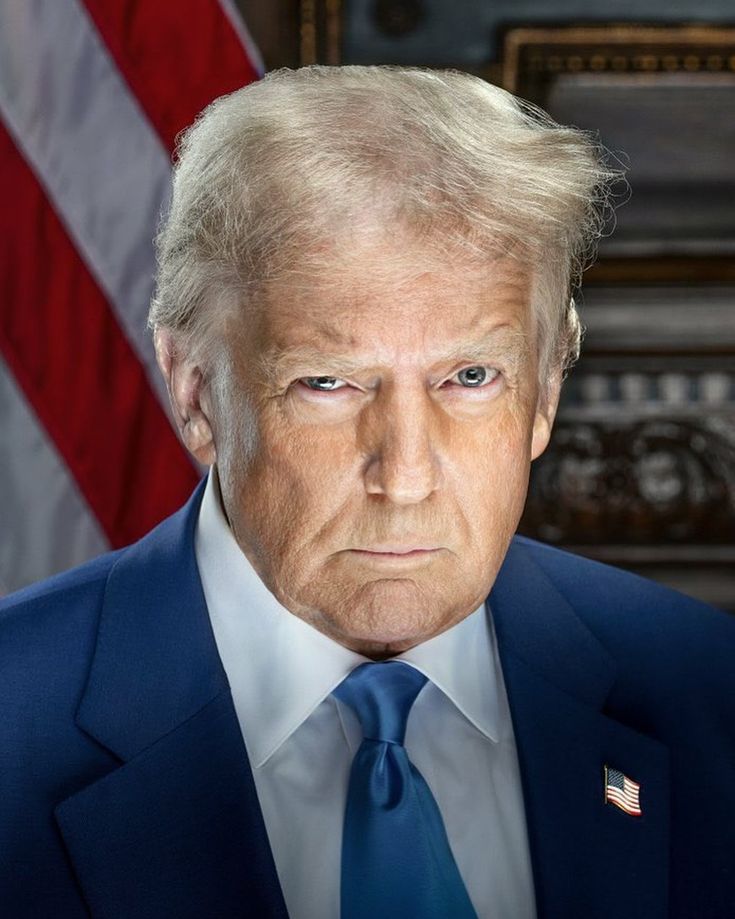President Donald Trump has called for more time to address the state of the U.S. economy after it shrank for the first time in three years, raising concerns about a possible recession.
He argued the decline was misleading, attributing it to businesses rushing to stockpile imports before his tariffs took effect.
Despite the contraction, Trump pointed to $8 trillion (£6 trillion) in pledged foreign investment, which he claimed would help revive American manufacturing.
According to the U.S. Commerce Department, the economy contracted at an annual rate of 0.3%, a significant drop from the 2.4% growth recorded in the previous quarter. The figures come as Trump reaches his 100th day in office, amid polling that shows public dissatisfaction with his handling of the economy.
Speaking Wednesday afternoon at a White House event attended by business leaders, President Donald Trump attributed the disappointing GDP figures to his Democratic predecessor, President Joe Biden.
“This is Biden’s economy because we took over on January 20th,” Trump said. “I think you have to give us a little bit of time to get moving.”
The remarks come amid continued fallout from the Republican president’s implementation of import tariffs, which have unsettled global trade and financial markets.
Trump’s attempt to shift blame for the weak economic performance onto President Joe Biden sparked swift criticism from Democrats.
“This is not Joe Biden’s economy, Donald, it is your economy,” said Congressman Hakeem Jeffries, the House Minority Leader. “It is the Trump economy, it is a failed economy, and the American people know it.”
At the same White House event on Wednesday, President Trump highlighted forthcoming investments in sectors such as technology, healthcare, and infrastructure. He introduced several top executives, including Jose Munoz of Hyundai, Ted Ogawa of Toyota, and Joaquin Duato of Johnson & Johnson, as examples of renewed corporate confidence in the U.S.
Trump also used the platform to urge Congress to pass his sweeping tax reform bill, which proposes trillions of dollars in tax and spending cuts. The proposal, however, faces stiff resistance from both Democrats and a number of Republicans.
Earlier in the day, during a televised appearance alongside cabinet members, President Trump downplayed concerns about potential shortages of consumer goods—such as toys—as trade with China continued to decline sharply.
“Well, maybe the children will have to have two dolls instead of 30 dolls, you know?” he said. “And maybe the two dolls will cost a couple of bucks more than they would normally.”
Trump has imposed 10% tariffs on nearly all imports into the United States, following a 90-day pause on steeper rates. These levies are set to be reviewed when the pause ends in July, potentially leading to further cost increases for trading partners.
In addition to the broad import taxes, the administration has levied a 25% tariff on goods from Mexico and Canada. The most severe measures, however, have been directed at China, triggering a full-blown trade war with the world’s second-largest economy.
U.S. tariffs on Chinese imports have reached as high as 145%, prompting a retaliatory response from Beijing, which imposed duties of up to 125% on American exports. When combined with earlier measures, the total tariff burden on some Chinese goods could reach an effective rate of 245%, according to the Trump administration.


